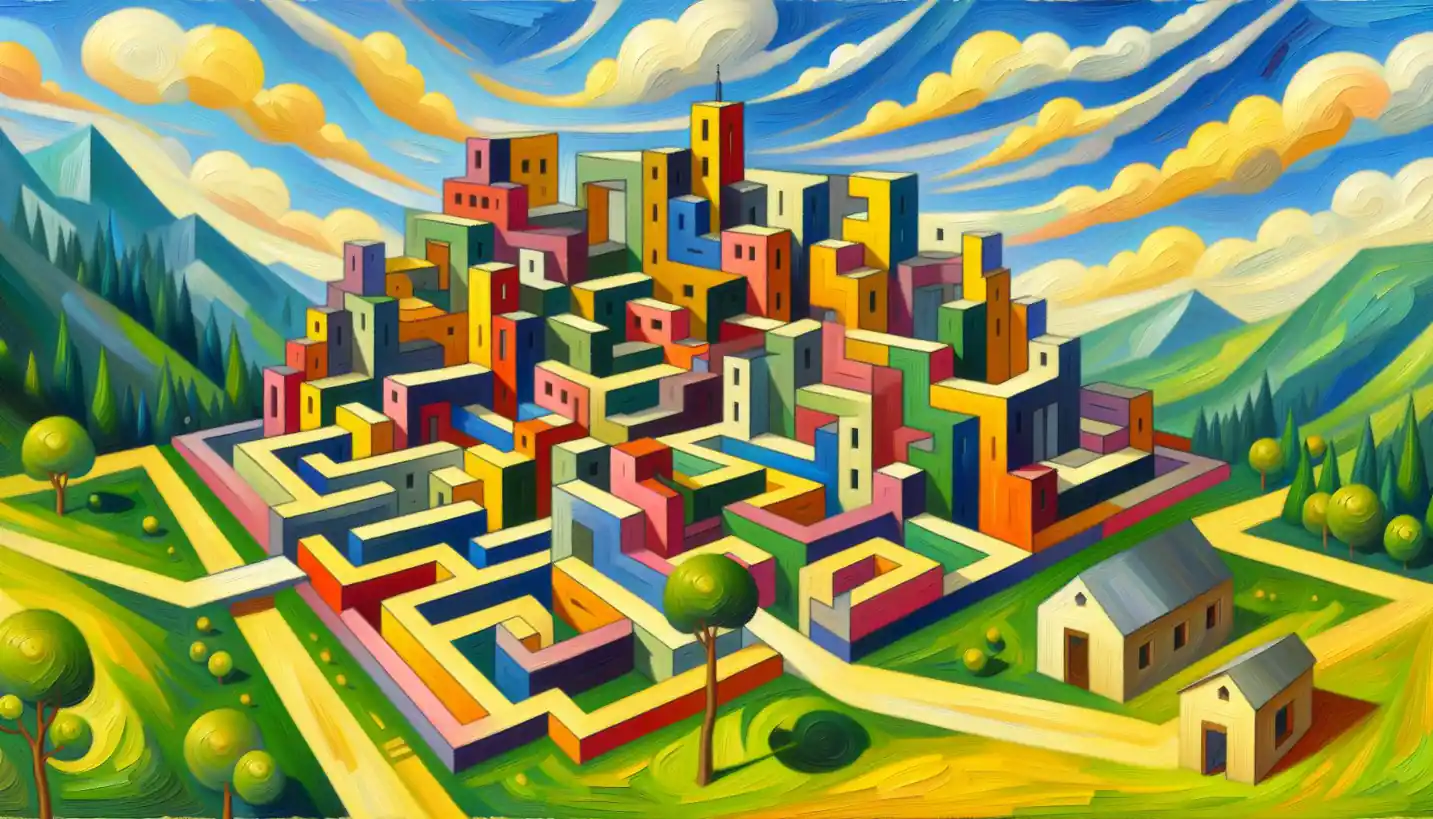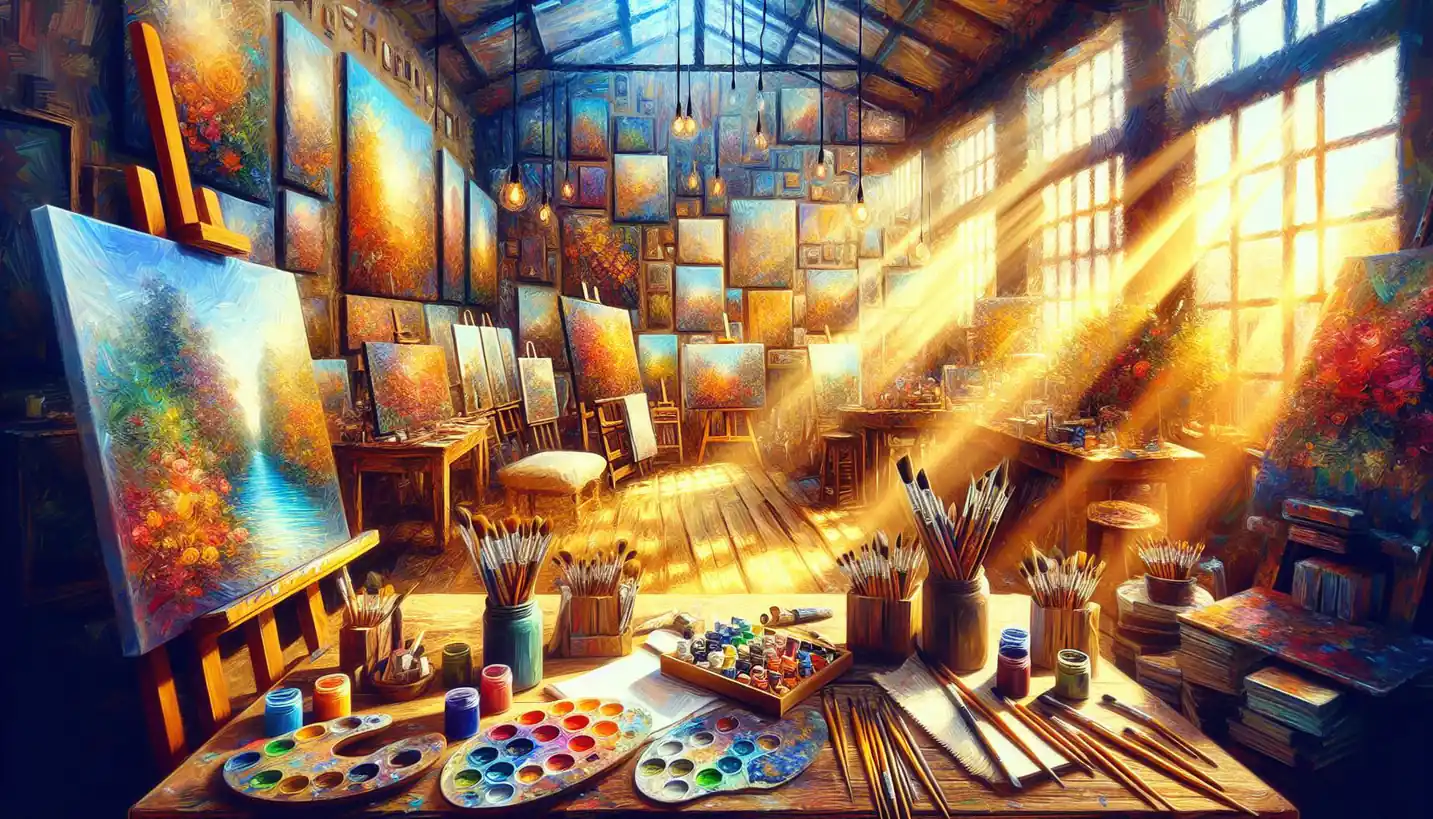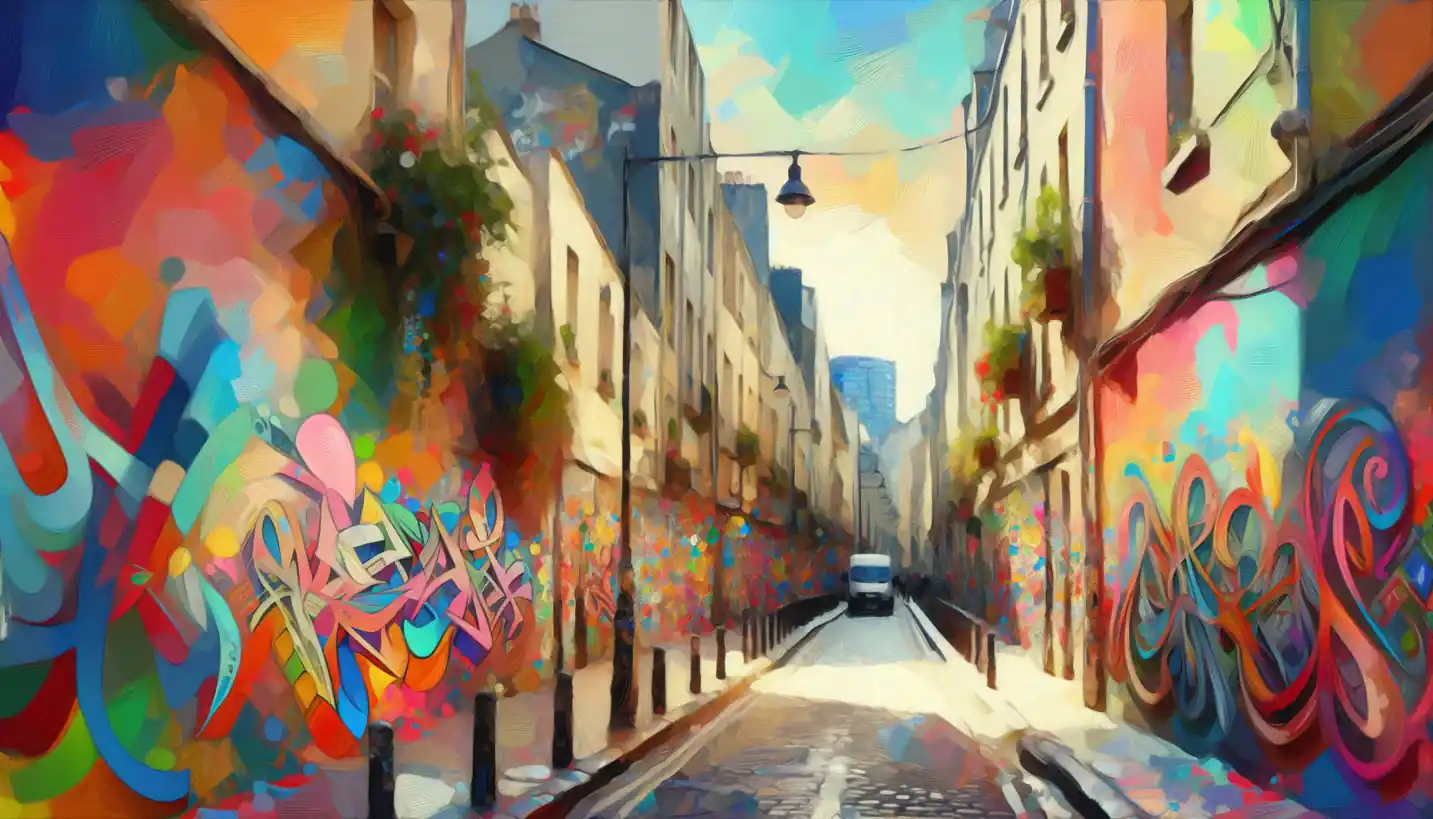· Art · 5 min read
Digital Curation: Navigating the Intersection of Art and Technology
Digital curation navigates art and technology's intersection, offering innovative ways to present artworks. Explore how digital tools transform curatorial practices and accessibility.

Digital curation is an intriguing fusion of art and technology, where the ancient practice of curating art meets the modern world of digital media. Picture a museum or gallery: traditionally, curators have been the minds behind the selection and arrangement of artworks, crafting narratives that engage visitors. Now, imagine doing that on a digital platform, where the possibilities—and challenges—expand dramatically.
The Essence of Digital Curation
Digital curation involves managing, preserving, and showcasing digital assets. These assets can range from digital art pieces to virtual reality experiences. At its core, it’s about ensuring these digital works are accessible and meaningful today and in the future. Think of it as a digital librarian mixed with a traditional art curator, working to keep digital content relevant, organized, and engaging.
The Evolution from Traditional to Digital
In traditional curatorial practices, you might have a collection of paintings or sculptures. The curator decides what goes where, ensuring the story flows for anyone walking through the exhibition. With digital curation, these physical boundaries vanish. Now, an exhibit could be a website or an interactive app accessible to anyone with an internet connection.
This expansion into the digital realm was accelerated by technological advancements. Museums and galleries realized they could reach broader audiences online, breaking down the barriers of geography and physical space. Suddenly, a digital curator’s role expanded to include tasks like handling metadata, ensuring artworks are viewable on various devices, and protecting content from digital decay—much like how a museum conservator guards artworks from physical damage.
Preserving Digital Art
Here’s a challenge: how do you preserve a piece of art that exists only in pixels? Unlike traditional paintings or sculptures, digital artworks don’t age like physical objects. However, they face other risks, such as becoming obsolete as technology evolves. Imagine trying to play an old video game on your latest smartphone—it’s not always straightforward.
Digital curators combat this by staying ahead of technological advances, finding ways to future-proof digital assets so they remain accessible. Sometimes, this means continually updating file formats or transitioning content to new platforms. In other cases, digital curators might employ emulation techniques, allowing older digital content to be experienced on newer systems.
Telling Stories Through Digital Platforms
One of the most fascinating aspects of digital curation is the ability to weave stories in completely new ways. Online, a curator is not confined by space. Instead of moving room to room, users can click through a web of interconnected narratives, allowing for a more personalized exploration.
Take, for example, a digital exhibit on climate change. A curator can lead viewers through interactive maps, data visualizations, and digital artworks that react to user input, creating an immersive experience. By harnessing the power of multimedia, digital curators can offer rich, engaging narratives that might be hard to replicate in traditional spaces.
The Role of Technology in Enhancing Accessibility
One significant advantage digital platforms have over traditional ones is accessibility. Digital curation can democratize art, making it available to anyone with an internet connection. Think about how virtual reality (VR) exhibitions work—they provide experiences that are not only accessible from home but also highly interactive.
Technologies like VR and augmented reality (AR) allow curators to create spaces where art can be experienced in completely new ways. Galleries can live in your living room or appear on a headset, and users can experience art from angles or perspectives not possible in physical spaces. This level of accessibility and user control aligns perfectly with modern expectations of interactivity and engagement.
Challenges in Digital Curation
While digital curation offers exciting opportunities, it also comes with its own set of challenges. One major issue is digital preservation, as mentioned earlier. Another significant challenge is ensuring digital equity. Not everyone around the globe has access to the internet or the latest technology, which means digital curators must think about how to make content as widely accessible as possible.
Moreover, digital security is a pressing concern. Digital curators must protect artworks from unauthorized distribution or digital vandalism. They must ensure that artists’ rights are respected while also facilitating an open and engaging user experience.
The Future of Digital Curation: Endless Possibilities
As technology continues to advance, the field of digital curation is poised for further transformation. Artificial intelligence (AI) could offer tools for more personalized art experiences, tailoring exhibits based on user interactions. Blockchain technology might provide new ways to authenticate and sell digital art, offering artists more control over their work.
Despite challenges, the future of digital curation is bright, filled with endless possibilities for how we experience and preserve culture. It stands at the intersection of creativity and technology, pushing the boundaries of what it means to curate art. This blending of artistry and digital innovation opens new dialogues about the role of art in our increasingly digital world.
Digital curation is more than just a modernized version of traditional curation. It’s a dynamic field that continually adapts, embracing the strengths of both art and technology to create enriching experiences for audiences worldwide. As we step further into the digital age, the harmony between artistic expression and technological advancement will be critical in shaping our cultural landscape.

